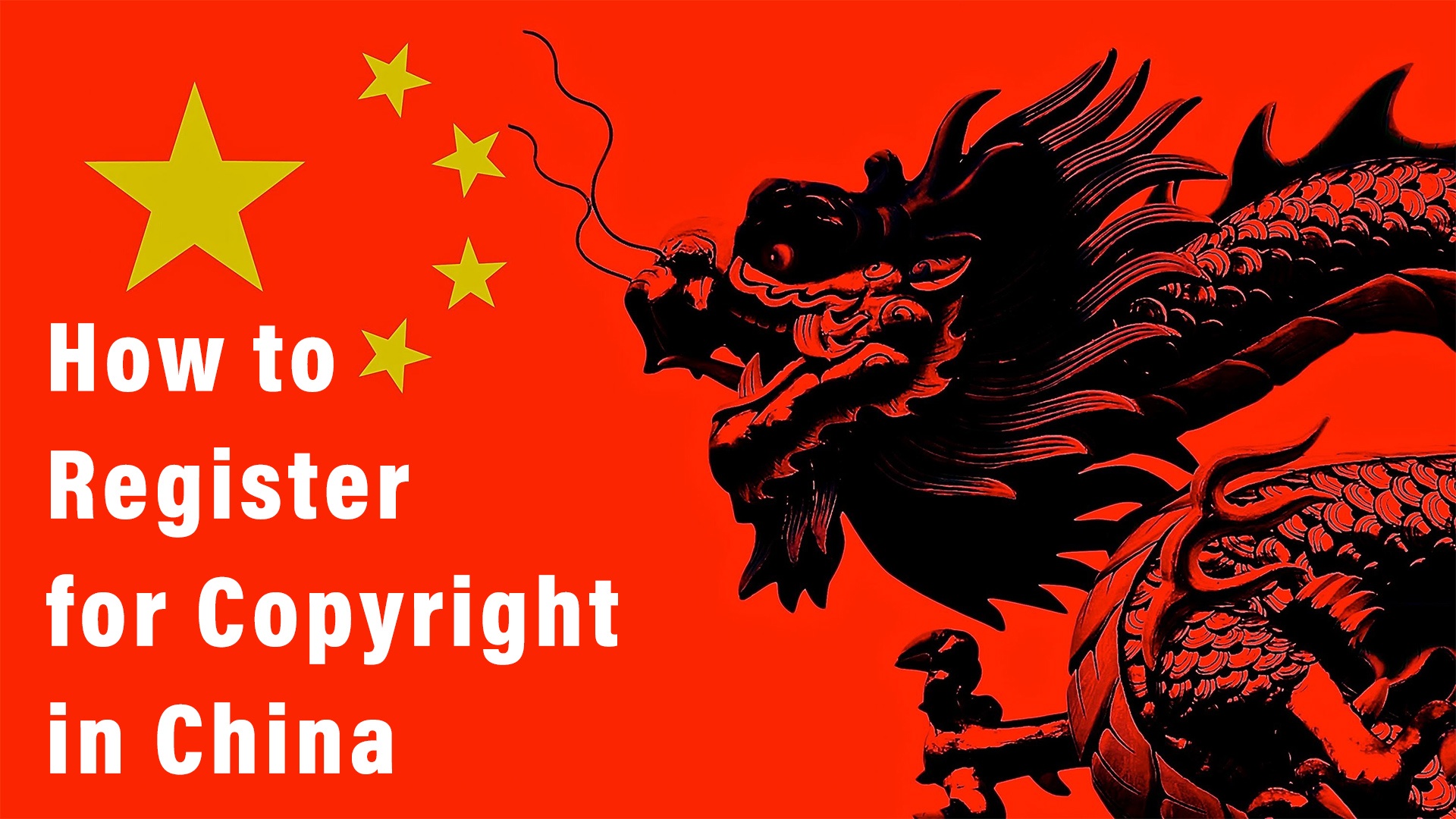
How to Register for Copyright in China. Why is it important to register in the first place?
If a Seller does not file their copyrights, trademarks, and patents in China, that Seller has no formal IP protection in China. [1]
The Berne Convention, signed September 9, 1886, defines copyright as an implied right. Even though protection is implied, if there is an instance of infringement, the Seller is at a disadvantage; proving the original copyright, translating, notarizing, etc., from across the globe. This is why it is important for the Seller to register their copyright in China to begin with. Even more convenient, registering a copyright in China is clear and uncomplicated.
 The first step is to go to the website of the Copyright Protection Centre of China, also known as the CPCC, [2] and to either have someone readily available to translate the page, like our firm, or try to use the translation link compatible with your browser.
The first step is to go to the website of the Copyright Protection Centre of China, also known as the CPCC, [2] and to either have someone readily available to translate the page, like our firm, or try to use the translation link compatible with your browser.
Once translated, it is important to create an account, under the “copyright registration” page listed on the top of the page. To create an account, click on “log in” and “forgot password”; this will take you to the sign in page where you should fill out all required fields.
Next, under “online business”, click “I want to register”. At this point, there are two options depending on the type of copyright: R11, and Z11. After this step, the form needs to be signed and sent out, and if approved, a registration fee needs to be payed as well.
Steering Clear of Issues while Registering
Once the copyright protection is received, it is important to also know that the Copyright law in China contains 12 exceptions; these are: personal use, “Appropriate” quotation in order to introduce, comment on, or explain, use by the media to report current events, republishing or rebroadcasting another media source’s story, publishing/broadcasting a public speech, use as a scientific work for purely teach or research purposes, use by the government “to a justifiable extent for the purpose of fulfilling its official duties,” reproduction for public display, such as a museum or library, a free live performance, copying, drawing, photographing or video-recording a public artwork, translation of a Chinese citizen’s work from Mandarin to a minority Chinese language, for distribution in China, and transliteration of a published work into braille for publication [3].
Where a lot of Sellers get into trouble in China, is still through imitation of their registered products. Even though it is fairly common for this to happen, there are steps being taken in China to make this less of an issue. In fact, Chinese government officials have openly stated that they are working diligently to make IP protection stronger [4].
How to Register for Copyright in China – Part II
There are two ways for a Seller to register: the “Madrid Protocol” and through the Chinese Trademark Office. Each has its advantages and disadvantages.
The Madrid Protocol is a streamlined system that allows for easy transfer of trademarks between countries. Besides the ease of transfer, the process can be done online at http://www.wipo.int/madrid/en/.
In order to register under the Madrid Protocol, you must be a citizen of a country that is covered, therefore making sure of that fact is extremely important. Next, it is also important to do a Brand Search to make sure that future infringements could not be an issue. Once you have gone through the previous steps, the application form that comes up next needs to be filled out and filed. As a registration fee, $679 USD plus an additional country cost, nature of the mark, and number of classes registered for are added.
To provide Sellers with updates, the website allows for tracking of their application, but also other applications similar to the Seller. The one downside to registering under the Madrid Protocol, however, is that the WIPO acts as a third party to file the application for you with the CTMO. For the approximate 11 months that follow under review, there is no contact between the Seller and the CTMO.
The other avenue the Seller can go down in registering a trademark, is registering through the CTMO directly. Unlike the Madrid Protocol, the process is not as streamlined, however there is more control on the part of the Seller. In fact, registering this way is faster, approximately 2 months faster. It is arguable safer as well, as the trademark might not be submitted right away under the Madrid Protocol, leaving the Seller open to domestic applications being approved before theirs.
In order to remain in control and make the process smooth, it is highly recommended to seek legal advice through an experienced attorney; preferably one that has connections with China including speaking the language.
The next step would be to file the trademark under a specific classification, and even then, the application could be rejected.
The most common reasons for rejection include:
- Identical or similar to a Chinese state name, national symbol, flag, emblem etc.,
- Identical or similar to a foreign nation’s state name, national symbol, flag, emblem etc.,
- Identical or similar to an international bodies’ name, national symbol, flag, emblem etc.,
- Identical or similar to official signs and hallmarks,
- Identical or similar to the symbols or names of the Red Cross or the Red Crescent,
- Those having the nature of discriminating against any nationality,
- Those having the nature or exaggeration and fraud in the advertised goods,
- Those detrimental to socialist morals or customs or having other unhealthy influences. [5]
- Another issue is that a trademark application can be rejected because it could have “unhealthy influences” on Chinese society [6].
How to Register for Copyright in China
[1] uschina.org
[2] ChinaLawBlog
[3] Copyright law of people’s republic of china
[4] Copyright law of people’s republic of china
[5] China Trademark Office – Art 10
[6] Ibid.









